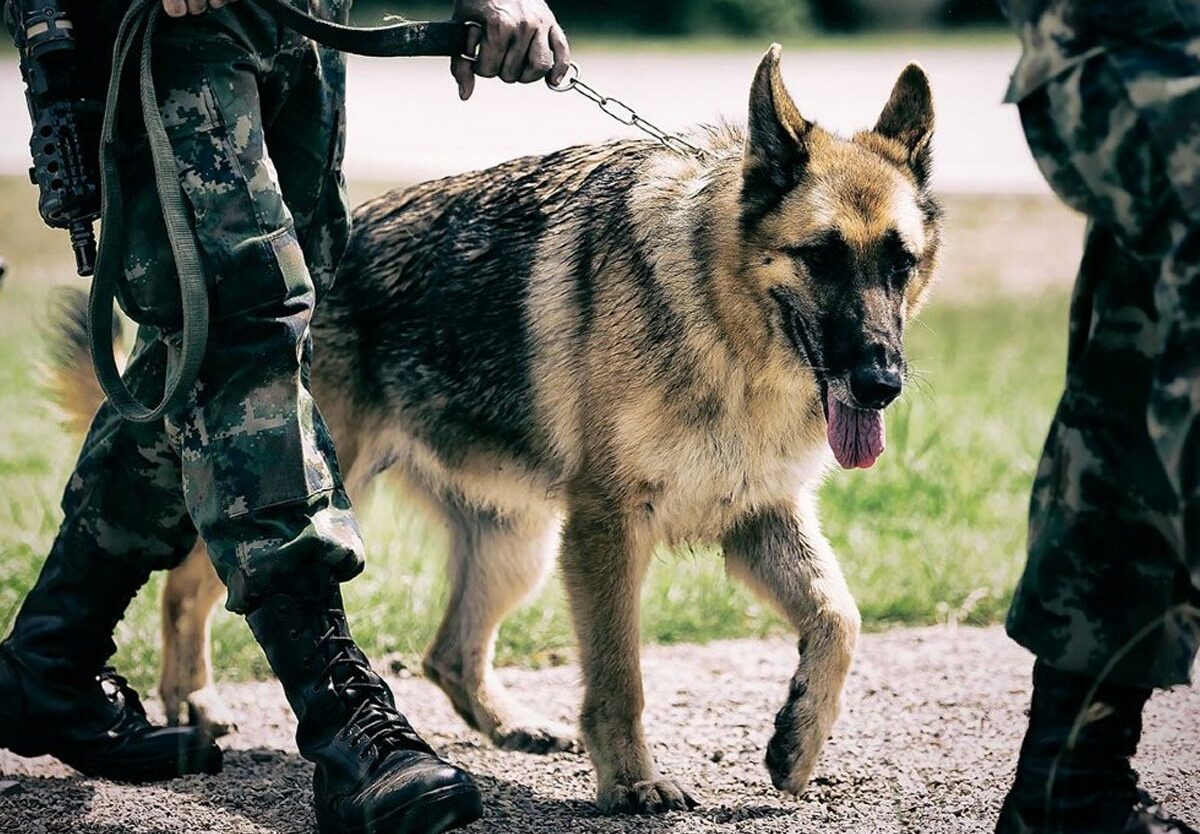Congress and DOGE Can Find Spending Cuts at the Department of Defense
The U.S. can defend itself at a lot less expense.
J.D. Tuccille for Reason.com 3.12.2025 7:00 AM
The growing distance between the United States and its allies in NATO is an overdue nudge to European nations to start paying for their own defense rather than relying on Uncle Sugar. But it’s also an opportunity for the cash-strapped U.S. government to cut costs on military expenditures as it shifts responsibilities to countries that have huddled under the U.S. umbrella for decades. Given the enormous role that defense spending plays in the federal budget, closing the gap between revenues and spending and reducing debt requires that hard choices be made by the Department of Government Efficiency (DOGE) and Congress about the military.
The Pentagon Welcomes DOGE
“We welcome DOGE to the Pentagon, and I hope to welcome Elon to the Pentagon very soon and his team, working in collaboration with us,” Defense Secretary Pete Hegseth commented last month to reporters in Germany about scrutiny from Elon Musk and his cost-cutters. “There are waste, redundancies and headcounts in headquarters that need to be addressed.”
Last week, a quick, early review by the DOGE found “some $80 million in funds wasted on programs that do not support [the Department of Defense]’s core mission.”
That’s an encouraging start, but there is a very long way to go. The federal government’s 2025 fiscal year began October 1, 2024, and $334 billion has been spent on national defense to-date on its way to roughly $850 billion, not counting veterans’ benefits and Department of Energy expenditures on nuclear weapons. The Congressional Budget Office projects that this year the federal government will spend $1.9 trillion more than it collects in revenues. With defense as the third largest category of spending after Social Security and Medicare, the military will have to take some cuts if there’s any hope of getting the federal government’s books balanced. Fortunately, there’s room to do just that.
Last month, The Washington Post’s Dan Lamothe, Alex Horton, and Hannah Natanson reported that a leaked memo revealed “Defense Secretary Pete Hegseth has ordered senior leaders at the Pentagon and throughout the U.S. military to develop plans for cutting 8 percent from the defense budget in each of the next five years.” Exempted from the cuts are “operations at the southern U.S. border, modernization of nuclear weapons and missile defense, and acquisition of submarines, one-way attack drones and other munitions.”
Opportunities for Reducing Costs
What’s interesting is that the planned 8 percent cut is very close to the 7 percent increase in defense spending in inflation-adjusted dollars that The Wall Street Journal’s Richard Rubin and Kara Dapena found in federal spending just since 2015. Readopting the 2015 budget, adjusted for the declining value of the dollar, would almost give us the Trump administration’s cost savings all by itself.
Of course, blindly readopting an old budget wouldn’t allow for shifting threats and priorities. A more thoughtful approach is needed to adjust to a changing world and America’s place in it.
Looking at the massive amount of money passing through the national security establishment, the Cato Institute’s Alex Nowrasteh and Ryan Bourne note that trimming “waste, fraud, and abuse” by themselves won’t be sufficient. Real changes are needed in how the military deploys its efforts and in converting a global mission into one where allies do their share of the work in their own neighborhoods.
“The foreign-policy establishment has pursued policies that throw away America’s greatest advantage: geography,” they note. “Great oceans remove the United States from most military threats.”
To that end, Nowrasteh and Bourne recommend that the U.S. resume withdrawing troops from Europe for a potential annual savings of $100 billion. They also suggest that Army end-strength—numbers of active-duty soldiers—be reduced by 25 percent as the U.S. places reliance on the oceans that separate it from world hotspots. They warn that combatant commands with geographic and functional missions have become “costly lobbies for intervention that do little to make US forces more combat-effective” and call for them to be dissolved. They also point out that the Defense Department employs a civilian workforce of nearly 800,000 (or more) that could certainly be trimmed to a less bloated size.
The Congressional Budget Office (CBO) agrees that the military could be shrunk. “The number of active-component military personnel could be reduced by about 17 percent,” it noted in December, for a savings over the next 10 years of about $1 trillion in 2025 dollars.
In a more detailed 2022 paper, the CBO proposed deeper cuts in military personnel of between 18 and 21 percent. Force reductions could be concentrated on units with older equipment “to preserve modernization plans.” Under the CBO’s plans, the number of Navy ships would increase, emphasizing America’s reliance on the world’s oceans, as mentioned by Nowrasteh and Bourne, for trade and defense. Freedom of navigation in air and space would also be protected. In two of the three options considered by the CBO, the U.S. “would seek to deter military aggression by helping allies strengthen themselves against attack.”
In both the Cato and CBO plans, the biggest savings would be found in reducing ground combat forces.
We Can Cut Military Spending and Still Protect the Country
“A 13 percent reduction in real defense funding over 10 years, though substantial, would be smaller than the two largest reductions that have occurred since the Korean War,” the CBO observed in its 2022 document. After the Cold War ended, defense budgets declined by 30 percent, adjusted for inflation.
Importantly, while such cuts would reduce the ability of the U.S. government to project power around the world, they would maintain protection for the homeland and for freedom of navigation. By focusing on its own defense and encouraging allies to take responsibility for their own protection, the U.S. could keep itself safe while also giving the federal government an opportunity to balance the books and, hopefully, avoid the looming catastrophe of a default on the soaring national debt.
Like all countries, the United States needs to defend itself from real and potential threats around the world. But defending the U.S. doesn’t mean defending other prosperous countries that can afford to provide for their own protection. Nor does it mean spending massive amounts of money to serve as the world’s policeman.
The DOGE and Congress should find fertile ground for cost-cutting in the defense budget.
There is little doubt that there are outdated programs and other areas to institute cost-cutting. There simply has to be the will to accomplish it.






































